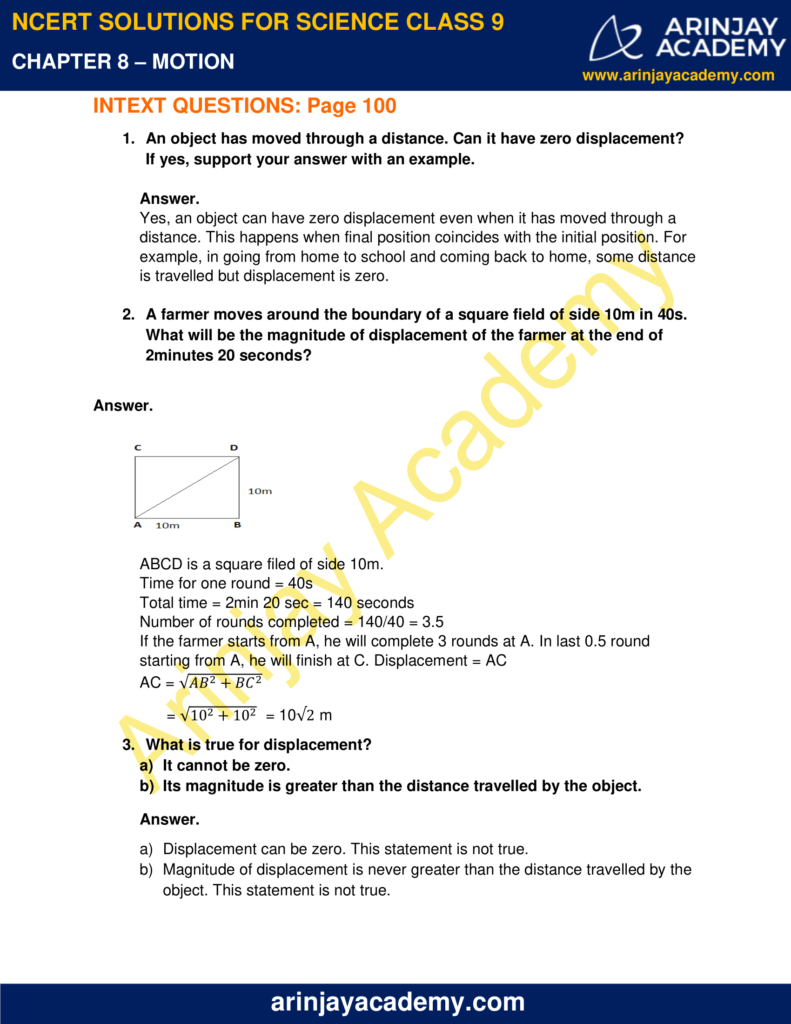


Secondary evidence is evidence that may demonstrate a fact is more likely than not true, but the evidence does not derive from a primary, authoritative source.

For example, a divorce certificate is primary evidence of a divorce. Primary evidence is evidence that on its own proves an eligibility requirement. Some evidence is considered primary evidence, and other evidence is considered secondary evidence. Any evidence the requestor submits in connection with a benefit request is incorporated into and considered part of the request. Primary and Secondary EvidenceĮach benefit request has specific eligibility requirements that a requestor must meet, which must be demonstrated by evidence. If the evidence is not sufficient to establish eligibility, USCIS may request evidence or proceed to denial, as appropriate. If the law requires an exercise of discretion, USCIS can approve the request only if the requestor merits a favorable exercise of discretion and otherwise establishes eligibility. If the evidence the requestor provides meets their burden of proof to establish eligibility, USCIS approves the benefit request. Original drafts of reports concerning interviews or surveillance operations if they are the first written record of the interview or surveillance.Ī requestor must establish eligibility for the requested benefit at the time of filing the benefit request and must continue to be eligible through adjudication. Original notes made during site visits and surveillance operations and Recordings and transcripts of interviews Written and signed affidavits from statements, such as sworn statements Therefore, officers and other USCIS staff must retain and enter into the administrative record the following: Additionally, under the Jencks Act, anyone who provides a statement at an administrative proceeding, such as an immigration interview, is a potential government witness whose statement the government may be required to produce. The administrative record created by an officer is often crucial in later proceedings relating to the same requestor, such as appeals, rescission proceedings, removal proceedings, applications for relief and protection from removal, other benefit requests, and investigations of fraud. When adjudicating a benefit request under the preponderance of evidence standard, the officer examines each piece of evidence for relevance, probative value, and credibility, both individually and within the context of the totality of the evidence, to determine whether the fact to be proven is “more likely than not” or “probably” true. The purpose of gathering evidence is to determine some fact or matter at issue. Any evidence submitted in connection with a benefit request is incorporated into and considered part of the request.


 0 kommentar(er)
0 kommentar(er)
